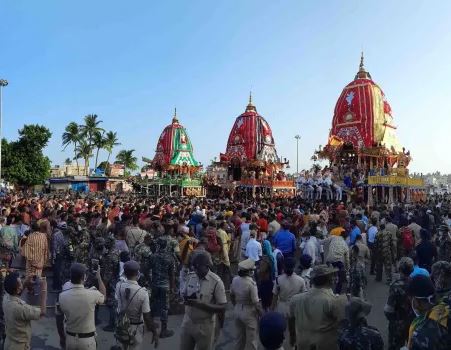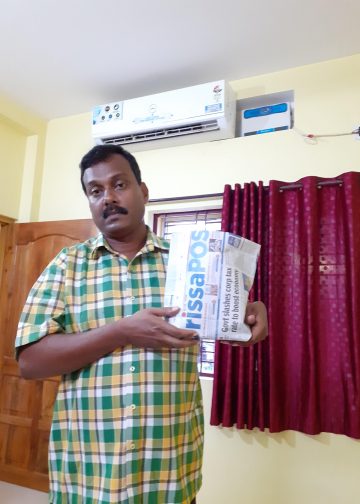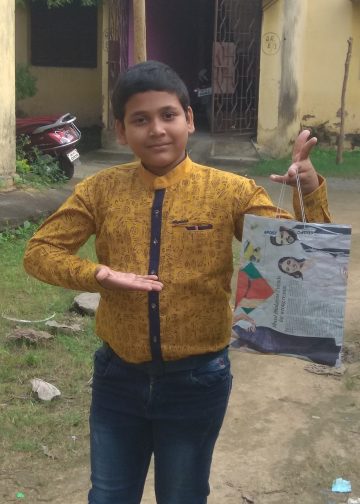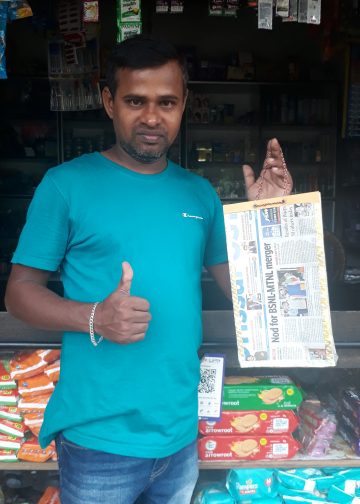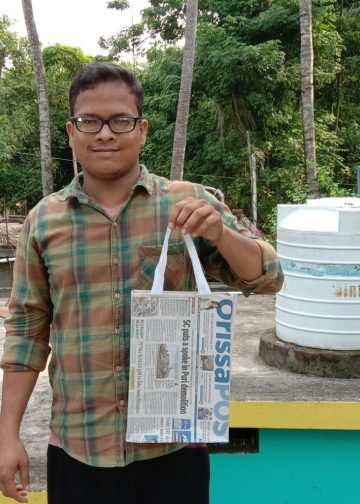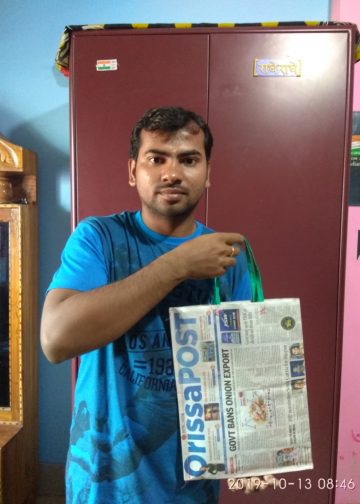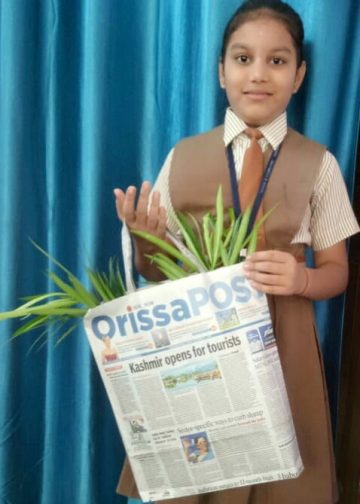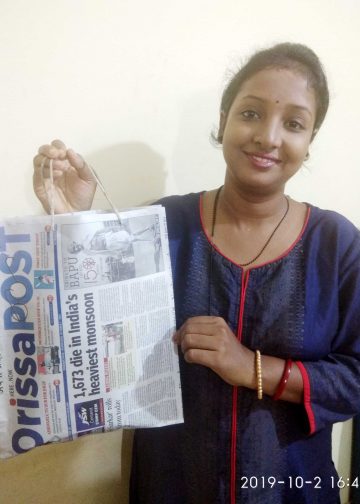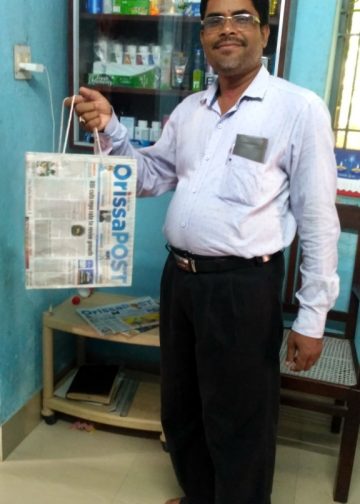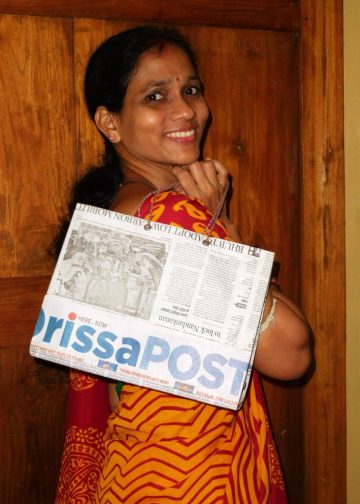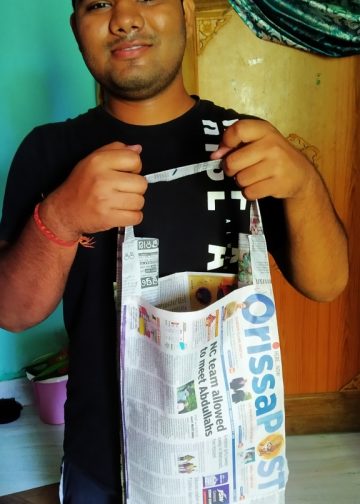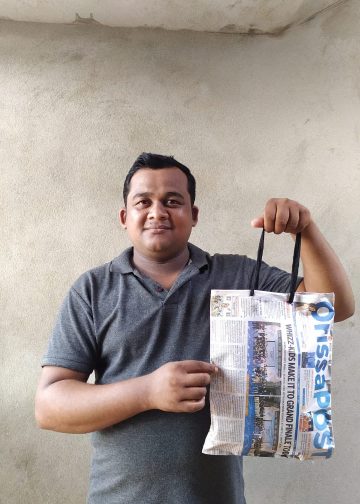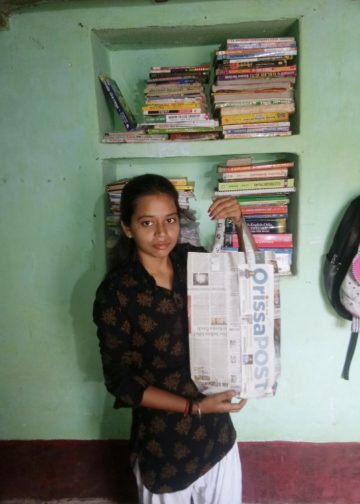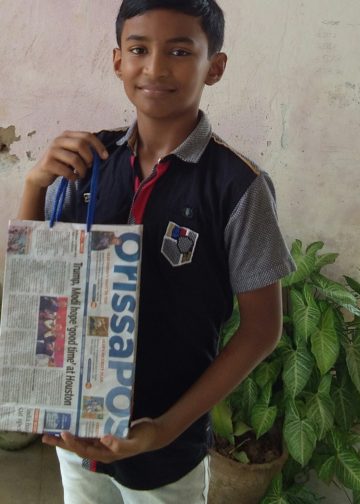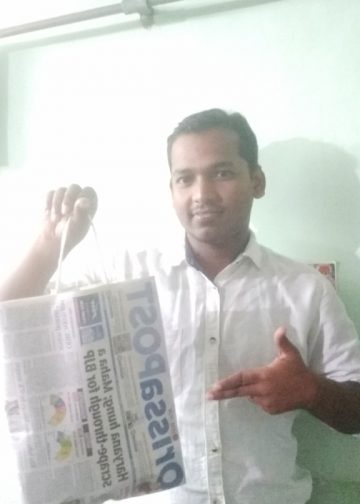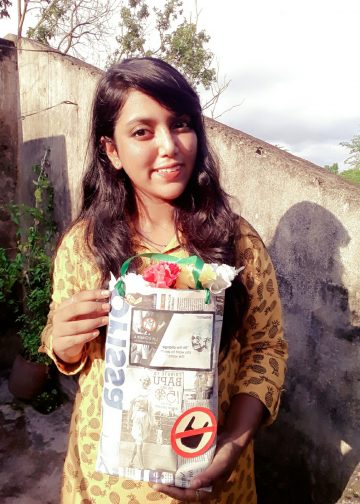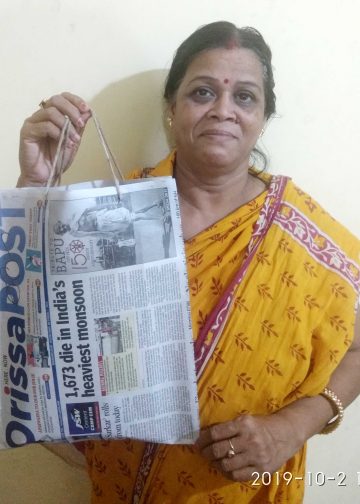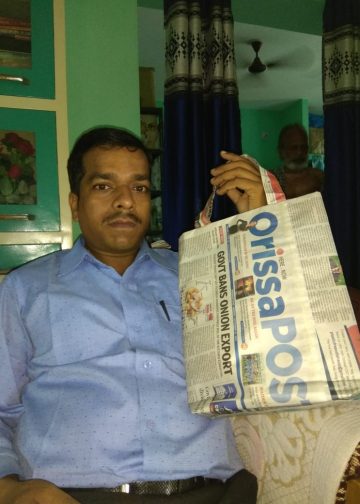The grand Rath Yatra of Puri isn’t just a spiritual spectacle for the people of Odisha or India; it’s a global celebration. From the USA and UK to Russia, France, Germany, Japan, Brazil, Australia, and even atheist-majority China, the festival sees joyous observance among Jagannath devotees worldwide.
While most devotees are familiar with the rituals and traditions, there are several fascinating details that often go unnoticed. OrissaPOST brings you some of them.
Rath Yatra is held annually on the second day of ‘Shukla Paksha’ in the month of ‘Ashadha’, according to the Hindu lunar calendar. This year it is being held June 27.
Every year, a team of around 1,400 skilled carpenters constructs the massive chariots entirely from scratch. These craftsmen, known as servitors, belong to families that have passed down the art of chariot-making for generations. The construction begins on ‘Akshaya Tritiya’ at the ‘Ratha Khala’ (chariot yard), located near the palace of the King of Puri.
The timber used to build the chariots primarily comes from the Gania forest range in Nayagarh district. Interestingly, not a single metal nail is used in the construction. After the festival, the chariots are dismantled and the wood is repurposed for cooking ‘Mahaprasad’ in the Jagannath Temple’s kitchen.
Nearly 1,200 meters of fabric are used to make the canopies for the three chariots. A team of 15 tailors works meticulously to stitch them each year.
Lord Jagannath rides the chariot called ‘Nandighosa’, which is distinguished by its yellow and red colours. His elder brother, Lord Balabhadra, travels in the chariot named ‘Taladhwaja’, known for its green and red design. Their sister, Goddess Subhadra, is carried in the chariot called ‘Debadalana’, also referred to as ‘Darpadalana’ or ‘Padmadhwaja’, marked by its black and red appearance. Each chariot carries its own symbolism, design, and tradition, reflecting the distinct identity of the deities.
At the start of the procession, it’s believed that the deities initially refuse to move, despite the devotees’ repeated attempts. But once the Lords are pleased, the chariots roll effortlessly, as if by divine will.
After spending nine days at the Gundicha Temple, the deities return to the Jagannath Temple. On their way back, they halt and enjoy ‘Poda Pitha’, a traditional Odia delicacy.
The return journey features a charming episode — Goddess Mahalaxmi, upset that Lord Jagannath went on the trip without her, blocks his entry into the temple. In her anger, she even damages the ‘Nandighosa’ chariot. To appease her, Lord Jagannath offers her Rasagola, and only then is he allowed to re-enter the sanctum. This act is symbolic and forms the basis for the sweet ritual known as ‘Niladri Bije’.
PNN


